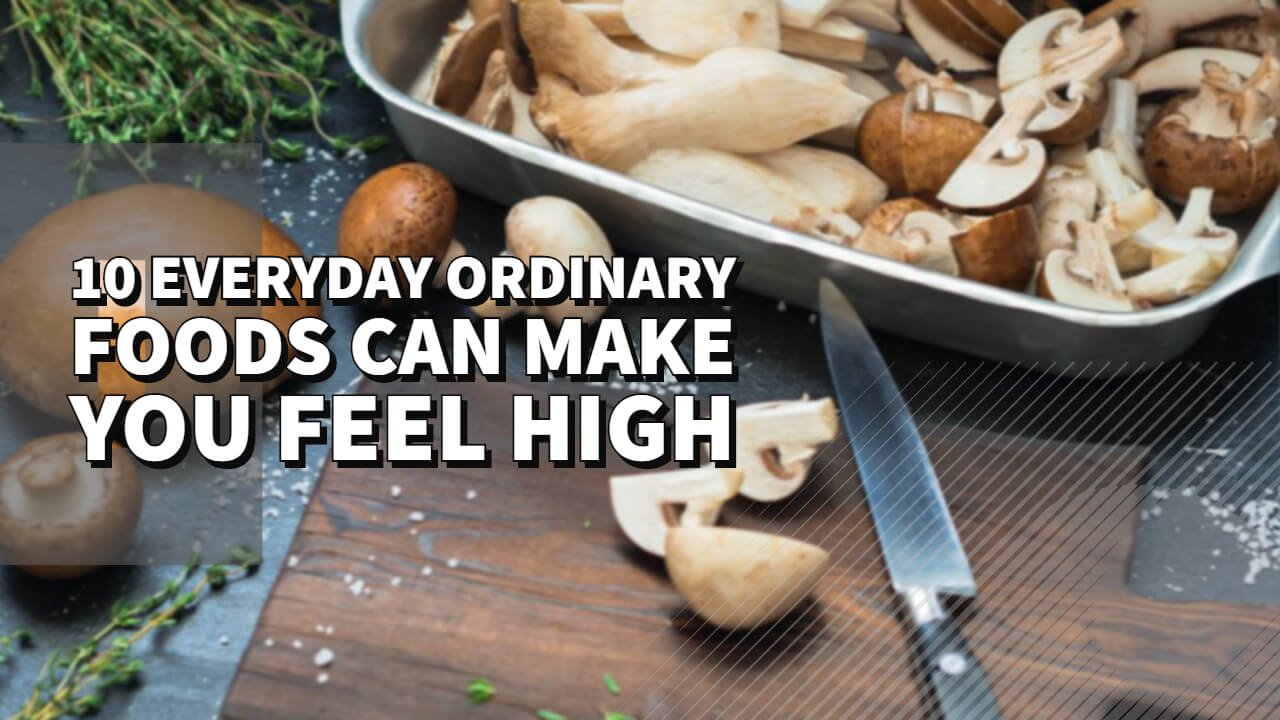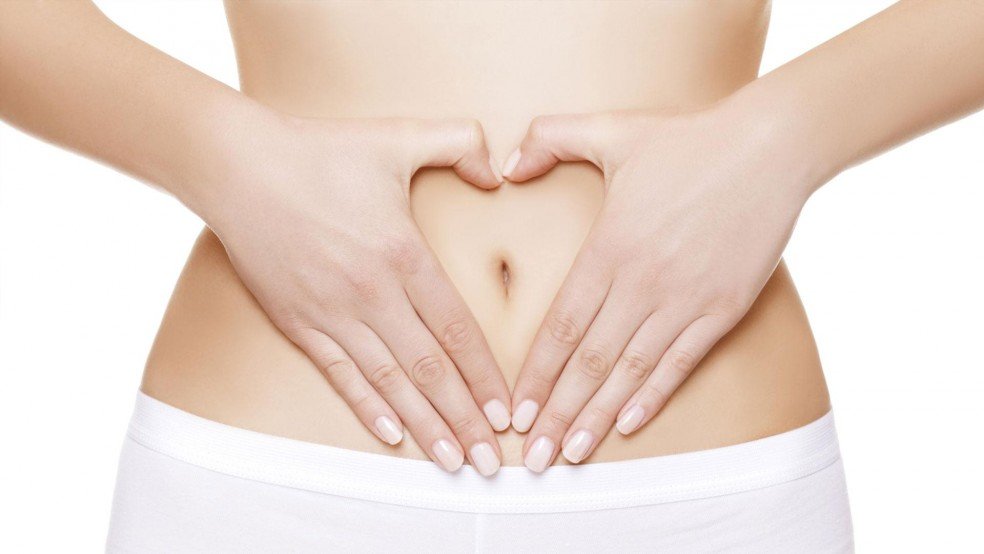Today, we will be revealing some myths about sugar.
Where did this myth come from?
![]()
In 1972, professor John Yudkin published a book titled Pure, White and Deadly. How sugar is killing us and what we can do to stop it? Which we think was responsible for first opening up the public to the idea that sugar really is the enemy when it comes to our health. Granted the book didn’t gain quite as much acclaim initially as it has now because just two years earlier, The seven country study was published by Ansel keys and that sort of shifted the public’s attention away from sugar and on to dietary fat. That was a shift that lasted for decades.
Recently, sugar has caught a little bit more of the spotlight in 2003. A review article published in the American Journal of Clinical Nutrition suggested that there are important similarities between the trend and high fructose corn syrup availability and trends in the prevalence of obesity in the United States. The authors also correctly noted that fructose and glucose have different metabolic effects. Especially with regard to insulin release metabolism in the liver and so they singled out fructose as the main evil rather than painting all sugars with the same brush. Some other systematic reviews that didn’t adjust for a total energy intake also found a strong correlation between sugar intake and obesity. So between Yudkin Book, pile of review articles, systematic reviews and documentaries to boot.
We think it’s pretty reasonable that a large majority of the public has come to accept this idea as scientific truth.
Where did it go wrong?

The main issue about the conclusions being drawn about sugar is that they make an unjustified jump from correlation to causation. Just because of two things are correlated like sugar and obesity doesn’t imply that sugar is the cause of obesity, just like the correlation between cheese consumption entangled bedsheet deaths does not imply that eating cheese causes death by bedsheet angulation.
While it is true that sugar sweetened beverage consumption has risen, just as rates of obesity have risen. This correlation is the weakest form of evidence available. Especially, since other beverage consumption patterns including bottled water have also demonstrated a strong correlation with obesity in the United States.
The 2005 paper titled Sugar and Health controversies: What does the science say? Concluded that sugar doesn’t make a unique contribution to obesity and suggests that in a condition as complicated as obesity. It’s highly unlikely that one single nutrient would uniquely cause this condition. It’s more likely that the totality of the diet including increased caloric consumption from all sources exerts a significant impact on the likelihood of obesity.
For some more global insight on this let’s take a look at Australia,
where between the years of 1980 and 2002 despite a 23% drop and refined sucrose consumption Australia’s still experienced a three-fold increase in obesity. While epidemiological research like this is a weak form of evidence the Australian Diabetes Council acknowledges that these findings support the supposition that once total energy intake has been accounted for per capita changes in energy from sweeteners did not explain changes in incidents of obesity.
The correlation is there, consumers of sugary drinks also tend to eat more calories overall. They tend to exercise less and smoke more and have a poorer dietary pattern in general. All these things can be difficult to measure and adjust for in this epidemiological observational research.
There is also some direct evidence suggesting that sugar clearly is not to blame for weight gain. A massive 2013 systematic review looking at 68 studies which found that if you replace dietary sugar with other macronutrients and control for caloric content. You don’t see any change in body weight. The authors note that this findings strongly suggests that energy imbalance is a major determinant of the potential for dietary sugars to influence measures of body fatness.
So the burning question is at least in my mind if the evidence is this weak, how is it that so many members of the general public are convinced that it’s true, well we think that as highlighted in a 2013 review on this.
It primarily comes down to three main factors –
- Emotion-raising language – You guys may notice that Auntie sugar advocates will often use words like plague, dangerous, evil, deadly, and describing sugar. We think that we need to be wory of this language because this is a tactic used sort of heighten the impact of their claims.
- The distortion of scientific information – This mostly takes the form of given weak epidemiological or observational research. More weight than it deserves and implying that a cause and effect relationship is present when it simply isn’t.
- The mere exposure effect – It is firstly the idea that the more frequently you hear something, the more likely you are to accept it. Dictators and marketers have used this tactic for a long time. They know that repetition is often the key to getting people to accept the idea that you’re trying to get them to accept. So while sugar probably isn’t the villain, it’s made out to be. This doesn’t mean that you can just eat as much sugar as you want with no consequence.
The World Health Organization recommends that that added sugars make up no more than 10% of total calories. However, they do admit that they base this recommendation largely on the well-established relationship between added sugars and dental caries or cavities. Since the relationship between sugar intake and weight change is quote moderate to low.
In a 2010 blog article, The bitter truth about fructose alarmism. Allan aragon suggests some nice round fifty grams as a ballpark safe upper limit for fructose intake in adults. So if you estimate fructose as roughly 50% of your total sugar intake that would leave you with about 100 grams as a rough ballpark for sugar intake as a safe upper limit. Now of course this will be massively individual and variable depending on your specific lifestyle and your total caloric intake but this is just a nice round number to give you something object to go.
We think that as a practical takeaway while the research on the satiating effective sugar is actually more mixed than we think. A 2017 paper on Sugar and Satiety suggests that people do tend to over consume at meals, when sugary foods and drinks are labeled as quote healthy. So just be careful of this marketing scheme for sugary beverages and be aware of this tendency.
Our thoughts
We really don’t think that sugar appears to play a very central role and either the cause of obesity or type 2 diabetes and we think it’s more important for us to look at the diet and lifestyle as a whole. Rather than villainize a single macronutrient we need to be wary of foods that are high in salt, high in fat, highly processed, highly palatable, and very energy dense.
IN THIS POST -:
Spurious Correlations:
http://tylervigen.com/spurious-correl…
Further Recommended Reading/Watching: ‣
https://weightology.net/no-youre-not-…
https://weightology.net/insulin-an-un…
https://www.youtube.com/watch?v=BgwsN…
http://www.alanaragonblog.com/2010/01…
Scientific References: ‣
https://www.ncbi.nlm.nih.gov/pubmed/1…
http://advances.nutrition.org/content…
https://www.ncbi.nlm.nih.gov/pubmed/2…
https://www.ncbi.nlm.nih.gov/pubmed/2…
https://www.ncbi.nlm.nih.gov/pubmedhe…
https://www.ncbi.nlm.nih.gov/pubmed/2…
https://www.ncbi.nlm.nih.gov/pubmed/2…
https://www.ncbi.nlm.nih.gov/pmc/arti…
https://www.ncbi.nlm.nih.gov/pubmed/2…
https://www.sciencedirect.com/science…
https://www.ncbi.nlm.nih.gov/pubmed/2…
https://www.sevencountriesstudy.com/s…



